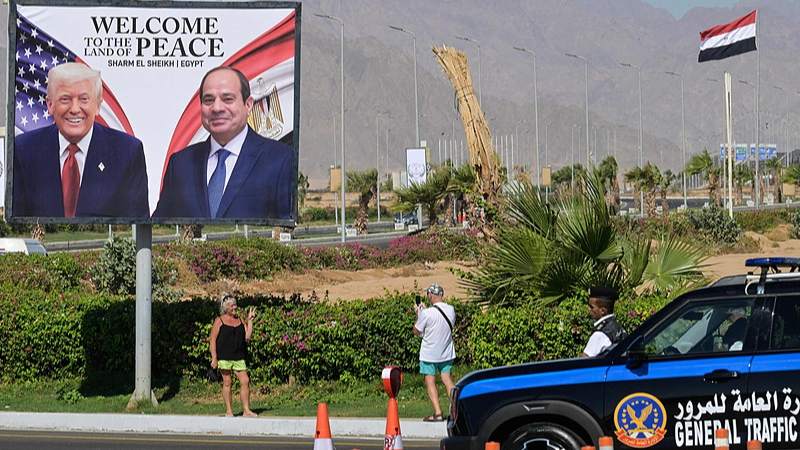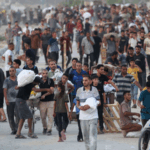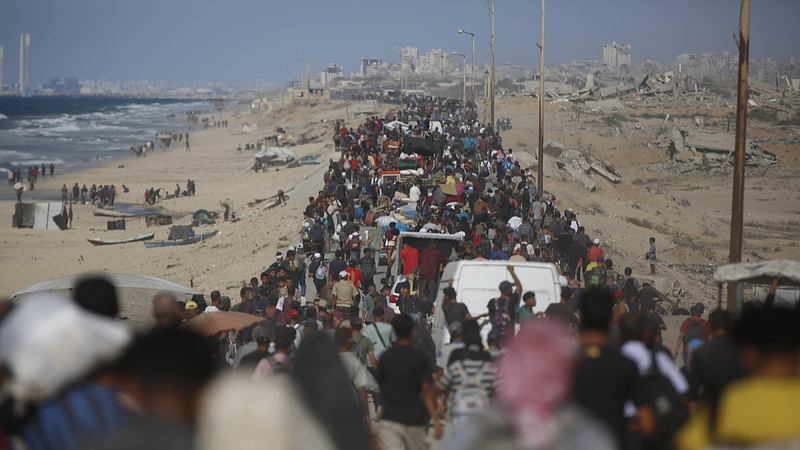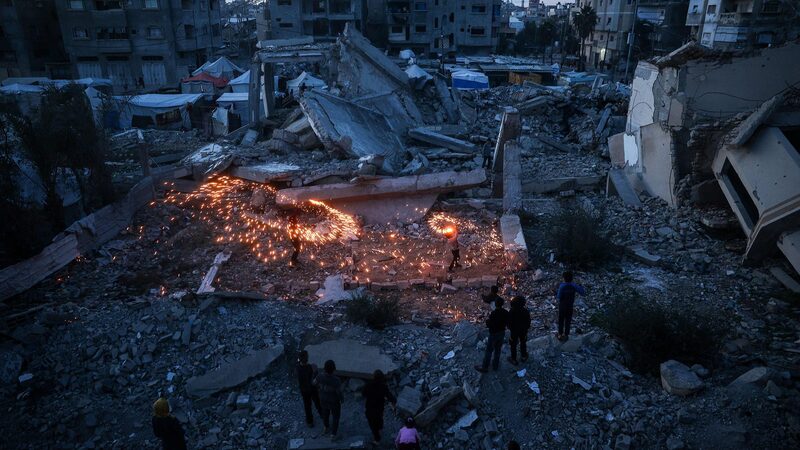Global leaders are converging on Egypt’s Sharm el-Sheikh for a high-stakes summit on Monday, seeking to transform a fragile Israel-Hamas truce into lasting Middle East stability. Co-chaired by Egyptian President Abdel Fattah al-Sisi and U.S. President Donald Trump, the gathering includes representatives from over 20 countries and follows a three-day ceasefire brokered by mediators from Egypt, Qatar, Türkiye, and the U.S.
Ceasefire Details & Reconstruction Plans
The agreement outlines Israeli troop withdrawals from key Gaza areas, including Gaza City and Rafah, alongside the opening of five border crossings for humanitarian aid. Hostage and prisoner releases are also part of the deal. Gaza-based analyst Hussam al-Dajani noted the summit’s focus on “consolidating the ceasefire” and creating reconstruction frameworks, but questioned whether it addresses the conflict’s root causes.
Political Will vs. Practical Challenges
While Ramallah-based analyst Jihad Harb acknowledged the summit’s potential to reduce regional tensions, he cautioned that “current circumstances aren’t conducive to lasting peace.” Diverging approaches – particularly between U.S. proposals and internationally backed two-state solutions – remain unresolved. Both analysts emphasized that meaningful progress requires clearer U.S. commitments and pressure on Israel to engage with Palestinian statehood demands.
Arab Engagement & Palestinian Hopes
Gulf states have cautiously endorsed the initiative, viewing it as a step toward de-escalation. However, Hamas spokesman Hazem Qassem stressed the need for “tangible actions” to rebuild Gaza, where residents like Mohammed Awad express cautious optimism: “We hope this summit starts a real political process to end the cycle of war.”
As leaders gather, the world watches whether diplomatic momentum can overcome decades of distrust and chart a credible path toward security for all sides.
Reference(s):
Will Egypt summit pave way for peace in Gaza and Middle East?
cgtn.com






